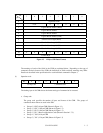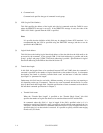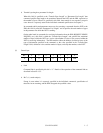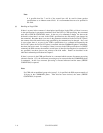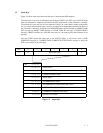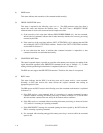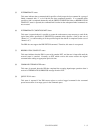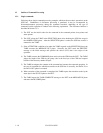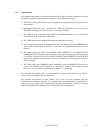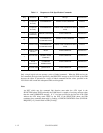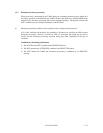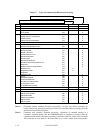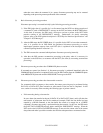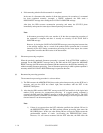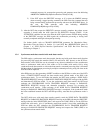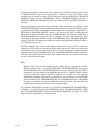C141-E124-01EN 1 - 11
1.3.2 Command link
The command link function is a function which causes the TARG to execute continuous processing
of multiple commands. Following shows examples of command link processing.
1) The INIT sets the initial values for the command in the command pointer, data pointer and
status pointer.
2) Obtaining the SCSI bus usage, selection of the TARG and specification of the LUN by the
IDENTIFY message are the same as in the case of single command.
3) The TARG receives commands from the INIT in the COMMAND phase, but “1” is specified
in the Link bit of the control byte of the CDB.
4) The TARG analyzes the command and executes the requested processing.
5) If processing of the command is completed normally, the TARG reports the INTERMEDIATE
status in the STATUS phase to the INIT. At this time, the command link function becomes
effective.
6) The TARG informs the INIT of the LINKED TASK COMPLETE or the LINKED TASK
COMPLETE WITH FLAG message, depending on the value of the Flag bit in the control byte
of the CDB. When the INIT has received the LINKED TASK COMPLETE (WITH FLAG)
message, the command, data and status pointers are updated to the initial values for the next
linked command.
7) The TARG enters the COMMAND phase immediately after the MESSAGE IN phase and
receives the command to be executed next. After that, it performs either single command
(Link bit = “0”) processing or command link (Link bit = “1”) processing.
The command link continues until a command with “0” specified in the Link bit of its CDB is
issued or until a command terminates abnormally.
The command link function is made effective only in the case that commands with link
specifications are completed normally. If a command with a link specification is completed in an
error state or in an exception state, the command link function is invalidated. Table 1.1 shows the
response of the IDD when commands with a Link specification are terminated.



